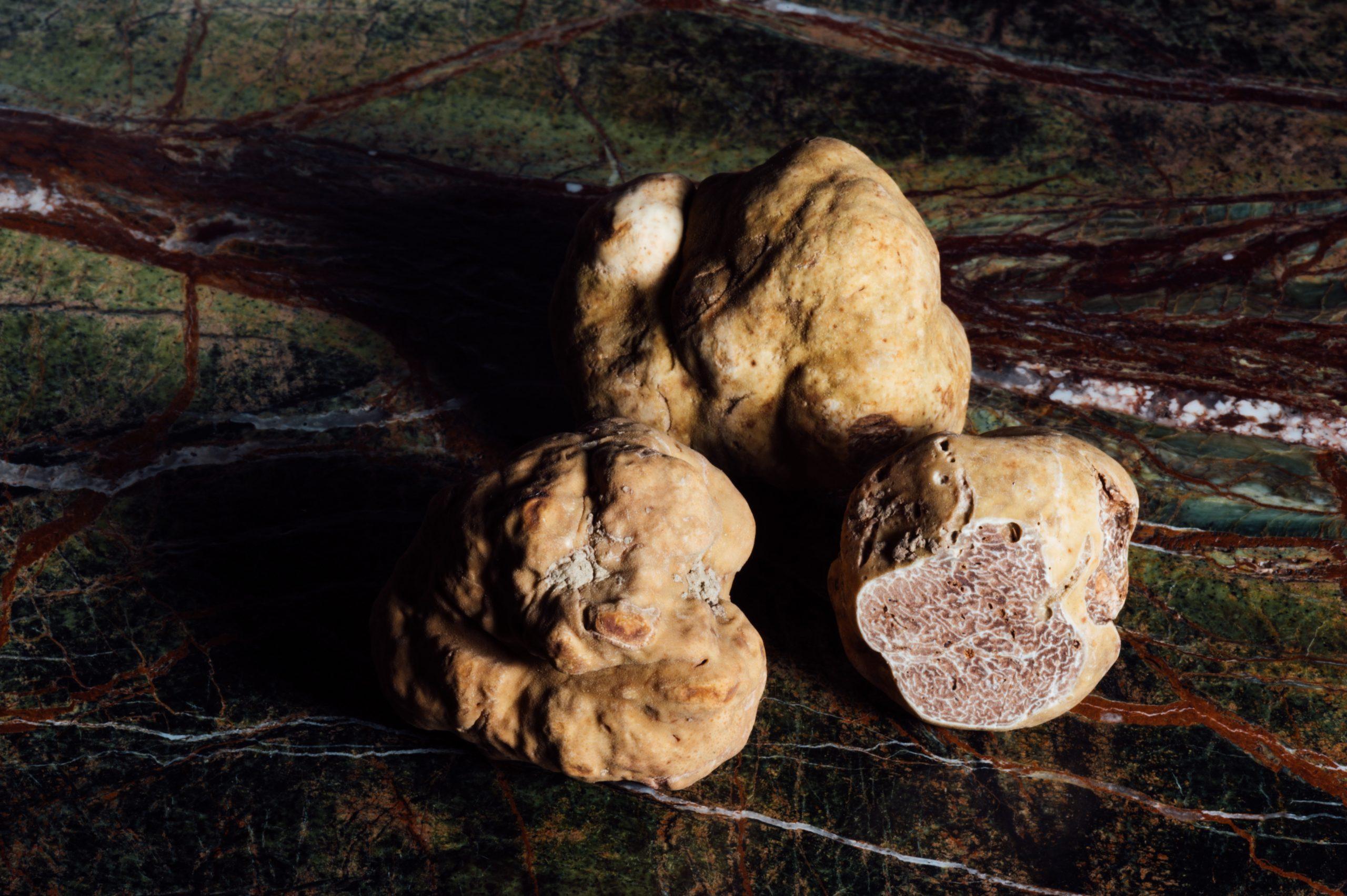It’s hard to think of a crop that is more traditional than truffles! And yet, the start-up WeTruf has just introduced a good measure of innovation to truffle farming. The company, located in Nancy, in eastern France, makes the most out of research that the INRAE (the French Agricultural Research Agency), has been carrying out for over 20 years. It is marketing the pF Tracer One TM , a small device that makes it possible to measure how much water is available to the fungus in the soil. That is a key metric for this much sought-after delicacy to be able to thrive. But it’s not as simple as measuring the percentage of humidity in the soil, because that figure doesn’t accurately reflect how much of that water the truffles can actually access for growth.
Not as simple as it seems
Available water depends on the soil’s structure and texture. Those factors determine what scientists call the soil matric potential, or SMP (pF in French). Simply put, SMP is the force that a plant or mushroom needs to exert in order to extract water from soil. That figure, which is measured by the pF Tracer One TM , ranges from 2-2.5, for maximum water-retention capacity, to 4.2, the wilting point, where plants and fungi are no longer able to use the water that is present in the ground. In other words, water is available when the SMP is between about 2.5 and 4.2.
The INRAE’s research has shown that the threshold for irrigating black-truffle (Tuber melanosporum) fields was approximately SMP = 4.
“Those numbers allow truffle growers to determine when they need to irrigate to keep their truffles from drying out.“
WeTruf’s new device makes it easy to keep track of SMP variations in order to determine the right time to water. The advantages are both economic and ecological: precise, rational irrigation helps truffle growers preserve water resources while at the same time optimizing the valuable fungus’s growth.
DNA against truffle fraud
The start-up also provides a molecular diagnostic method based on a technology whose name is now well-known to the general public: PCR (polymerase chain reaction). That’s right, the same technique that’s being widely used to detect the virus that causes Covid-19. The test detects the pathogen’s genetic material. It’s actually the same principle for truffles:
PCR can distinguish three varieties – black truffles, winter truffles, and Chinese truffles – through their DNA. The company can perform the test quickly, whether in the lab or in the field, thanks to a portable device. The technology is very useful for making sure truffles are being offered for sale at the right price, at markets, for example. This is essential for reducing fraud, because the price for the different types can range from $20 to $30 to hundreds or even thousands of dollars per pound
